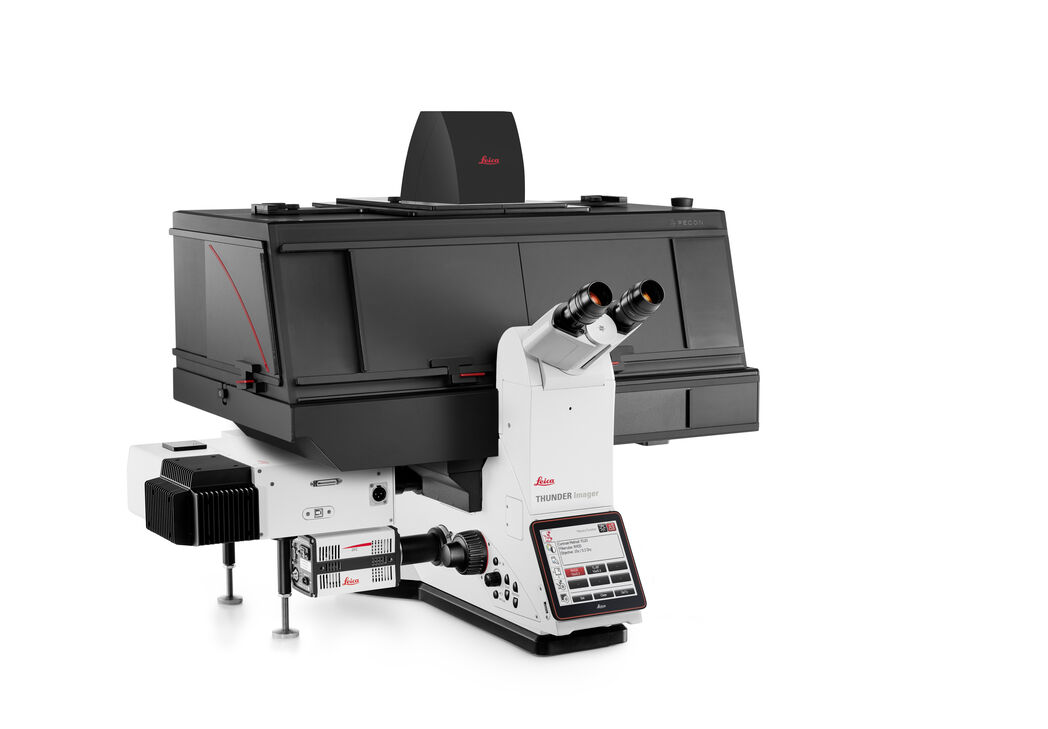Plataforma DMi8 S Solución de microscopio invertido
Busque las conexiones perdidas
El microscopio invertido modular DMi8 forma el núcleo central de la solución de la plataforma DMi8 S. Desde investigaciones cotidianas hasta el estudio de células vivas, la plataforma DMi8 S es una solución integral. Ya sea porque necesita hacer un seguimiento preciso del desarrollo de una célula individual en una placa, realizar distintos ensayos, obtener una resolución de molécula única o dilucidar los comportamientos de procesos complejos, un sistema DMi8 S le permitirá ver más y más rápido y descubrir lo que permanece oculto.

